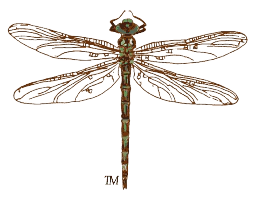Meet the Fireflies!
Hays County Master Naturalist Spring Class of 2025
Mary O’Hara
A fabulous guided hike at Westcave Discovery Center Westcave Outdoor Discovery Center
Our 2025 Spring Training season has concluded after 40+ hours of indoor/outdoor learning and exploring natural wonders around Hays County and the surrounding areas. Thirty-three bright lights now shine proudly with the new title of Texas Master Naturalist! As is our HCMN tradition, the Class name Fireflies was chosen by popular vote over other native species. The graduates span a wide variety of occupations, ages and passions: college students, biologists, gardeners, nurses, social workers, educators, biophysics, and retirees all connected by a love of Nature and the desire to protect it.
Site visit to Patsy Glen Preserve for Birding with David Womer Patsy Glenn Refuge | Wimberley, Tx
Catching butterflies and other insects at TXST Freeman Ranch for Entomology Class/Julienne VanDerZiel
A chilly day at Jacob’s Well for Geology with Bret Fossum Jacobs Well Natural Area
Herpetology Class with live specimens! L—R: Brian, Quin, Jennifer, Dani and Emma
A fabulous guided hike at Westcave Discovery Center Westcave Outdoor Discovery Center
In addition to their classroom work, each member-in-train is expected to log 40 hours of volunteer and 8 additional hours of Advanced Training. These are dedicated Fireflies to date have put in ___________/__________ toward becoming Certified TMNs!
Some fun facts you might like to know about amazing fireflies from Firefly.org.
COMMUNICATION BY LIGHT—each species has a unique flash pattern primarily used for finding a mate, but they also communicate to defend territory and warn predators away.”
COLD LIGHT IS 100% EFFICIENT—Fireflies combine 3 chemicals to produce light. Luciferin (pigment), luciferase (catalyst), and ATP (nucleotide) combine with oxygen to produce light without the byproduct of heat.
MEDICALLY USEFUL—Since luciferin and luciferase light up in the presence of ATP, if injected into disease cells, they can detect abnormal levels which may be studied in diseases like cancer and muscular dystrophy.
DON’T EAT FIREFLIES—when attacked, they “reflex bleed,” shedding drops of blood which contain chemicals that taste bitter and can be toxic to some animals.
45 SPECIES of LAMPYRIDAE LIVE IN TEXAS—1/5 of the 240 North American species. Look for them in the margins where forests meet fields, where long grasses thrive on warm humid conditions, near any standing water—ponds, marshes, rivers, lakes. They don’t need a lot, sometimes a vernal pool or small depression is enough to provide habitat for mating.
Just like their namesake, the Firefly Class is remarkable—each person is unique, collectively they fiercely protect their environment, and are highly efficient with their time and dedication to a newly found passion, Texas Master Naturalist.
